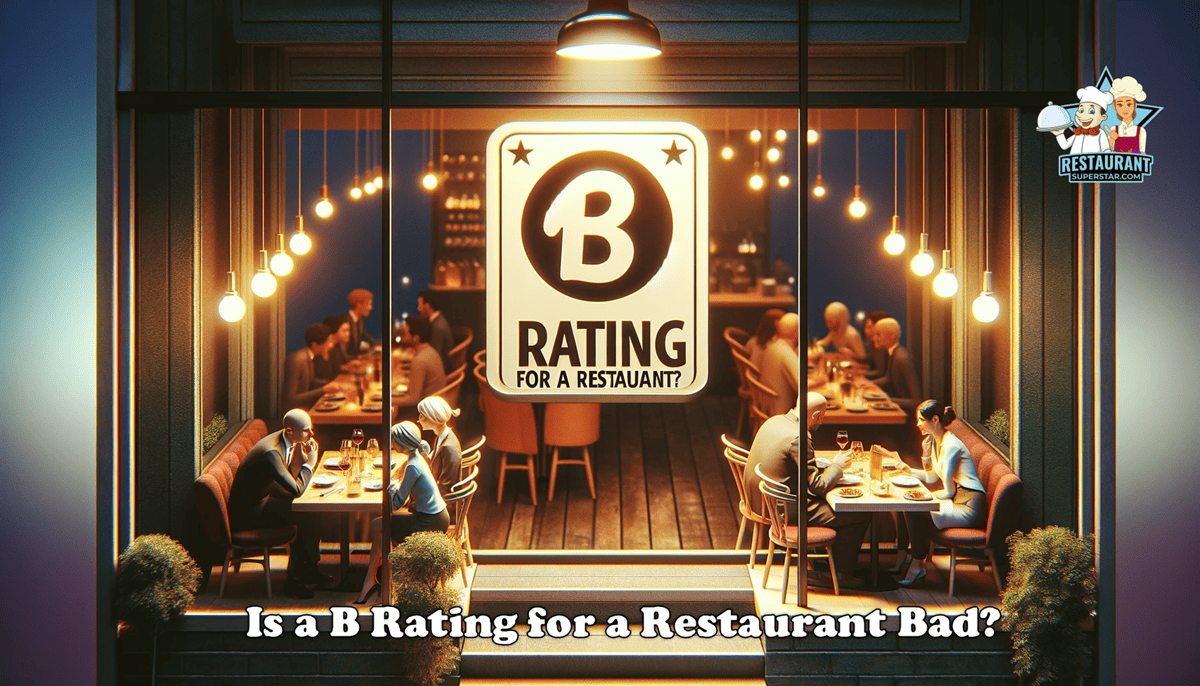How Often Should a Restaurant Change Its Menu?
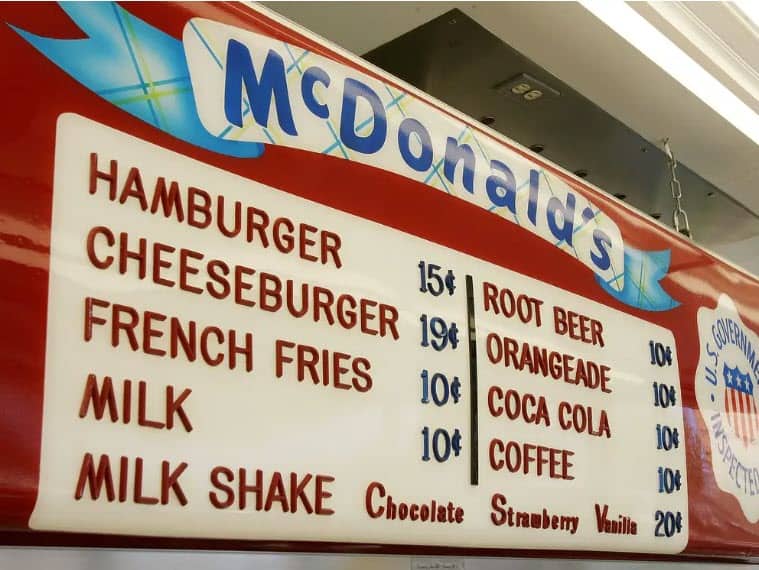
How Often Should a Restaurant Change Its Menu?
Hi. I’m Jack Bastide. If you are an Restaurateur / Restaurant Owner and wondering How Often Should a Restaurant Change Its Menu you are in the right place. In this article we will cover the how, when and why of updating your restaurant menu for best results.
A Restaurant menu should be changed at least once a year and preferably more often. This gives you a chance to update your pricing, check on current customer trends, control food costs, test new items and replace dishes that aren’t selling. Having a quarterly seasonal menu is a great idea as well.
Why Do Restaurants Change Their Menus?
There are many reasons why restaurants update their menu. Trying different dishes is a great way to make sure the menu appeals to different types of customers. Menu updates are also used to keep up with trends and get rid of unprofitable dishes. A great Restaurant POS System will help you keep track of what dishes are the most popular and most profitable.
Drawbacks of Updating Your Restaurant Menu
Although there are a lot of benefits to updating your Restaurant menu there are also drawbacks. It takes a lot of time and effort. It can be very costly to change your menu. Not to mention that if you change your menu too drastically you may confuse your customers. But there are ways around all of this and this article will be your guide.
How to Create a Profitable Restaurant Menu
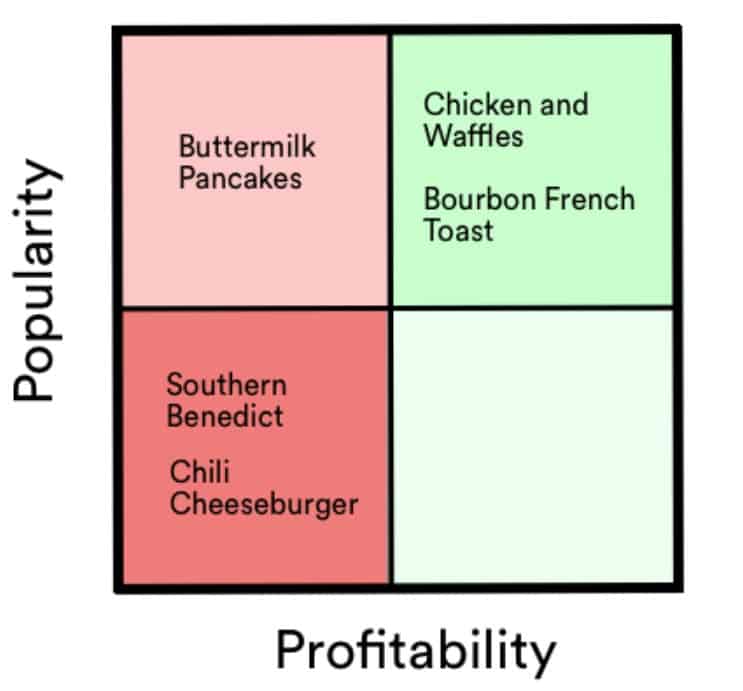
A profitable restaurant menu should have a good mix of dishes that appeal to different types of customers. It should have a good mix of high margin items like pasta, salads, dessert, low prep appetizers and drinks. It should appeal to the eye and be designed to emphasize your most profitable items.
Remember, your restaurant menu is one of the first things that the customer sees when they walk in the door. If it is readily visible at the entrance it will bring them off the street and into your establishment. It’s a big part of the overall dining experience and is often one of the most important aspects of a restaurant’s success. So make sure to get it right!
Pro Tip: have a delicious loss leader item to get customers in the door. Meg O’ Malley’s Irish pub in Melbourne.FL has a delicious soup they call Irish Parliament Bean Soup. A bowl of this delicious nectar costs $4.50. but you can get as many cups as you want for 18 cents. We often go there with friends of ours and the main thing that draws us back in is the 18 cent soup! We then go on to spend $70 – $90 but it’s that 18 cents soup that got us there.
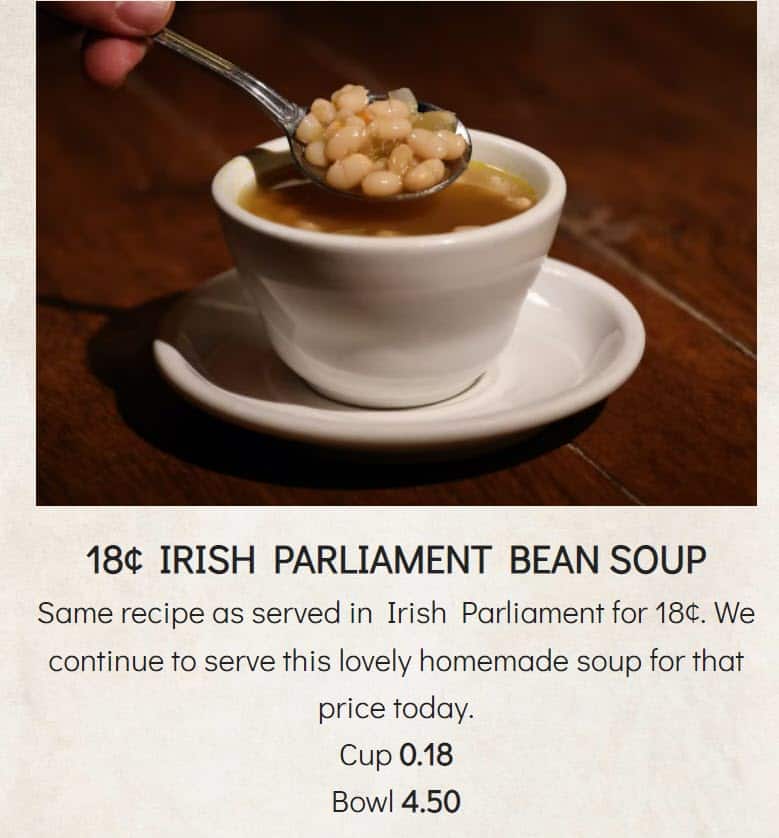
Types of Restaurant Menu Changes
There are many ways to change your restaurant menu. You can do a complete overhaul or simply replace a few of your slowest selling dishes. You can do a seasonal menu with locally sourced farm-to-table goods. You can raise prices to cover rising costs. Or simply change the menu design and layout.
What is a Seasonal Menu?
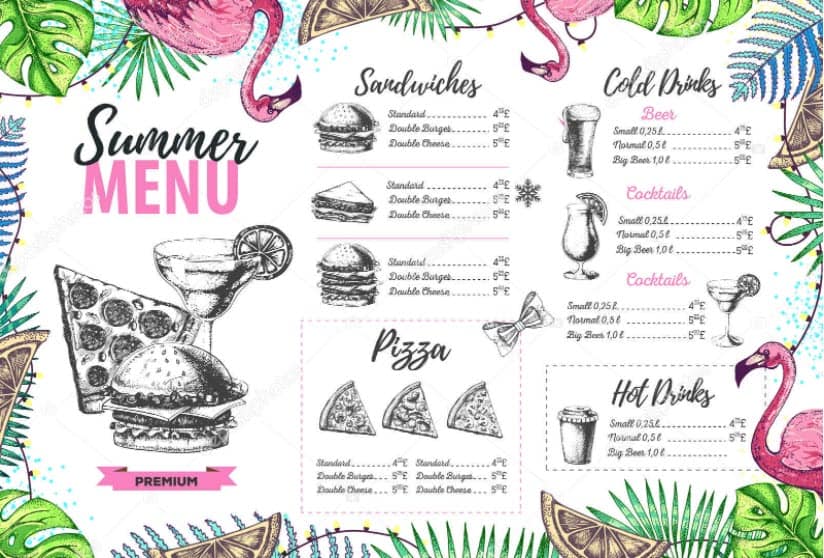
One of the most common types of restaurant menu changes is a seasonal menu where different menu items are served at a restaurant based on the season. For the summer you might serve more salads and other light foods while serving more heavier foods like soups, stews, and roasts in the winter.
Closely related is holidays and events with special offerings for Mothers Day, corn beef and cabbage on St Patrick’s Day. Turkey and stuffing on Thanksgiving. (yes some people eat out) New Years Events etc. A seasonal menu can allow you to test out new dishes and give your customers access to fresh vegetables during the summer. You can also have a catch of the day for seafood lovers.
How To Change a Restaurant Menu Quickly and Easily
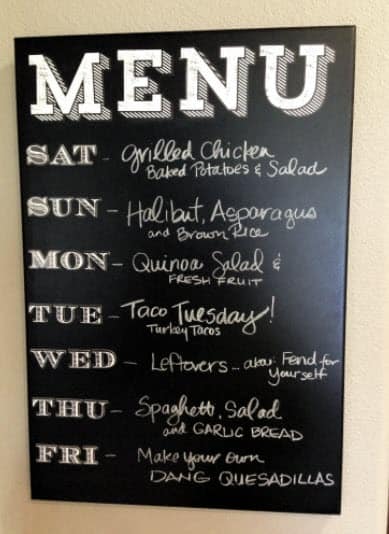
Let’s face it. Although there are many benefits to updating your restaurant menu frequently, to keep up with trends and costs and to ensure profitability for example, it can be a pain in the butt and very expensive. But it doesn’t have to be.
Here are some ways around the hassle …
Use Printable Paper Menus – You might think that you need to have something that’s as fancy as a michelin star and laminated on expensive paper. You don’t. You can design something in google docs or microsoft word and print it out. You can change up things on the fly and tailor your price to match increases in food and labor costs. If you want to look fancy you can dress it up in a menu cover.
Chalkboards and Digital Menu Boards – You can put your daily specials on a good old fashioned chalkboard or go high tech with an electronic Menu Board. Both can be changed quickly and easily on the fly.
QR Code Menus – you can set up an menu that is tied to a QR code. Guests can scan a qr code with their phone and it will pop up on their screen. This gained popularity during the pandemic and is still popular today.
Why Do Menus Need To Be Costed?
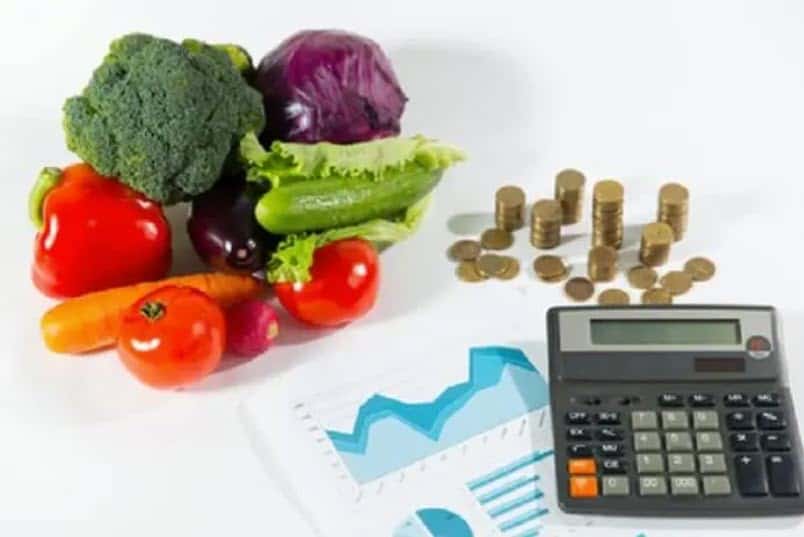
The food cost is a big part of the restaurant business. If you don’t know what things cost, you will never know if you are making a profit or losing money. You should shoot for a food cost of 25% – 35%, the lower the better. Your prices should be competitive with similar restaurants in the area.
When determining food costs you need to account for all ingredients. So if you are pricing out a burger platter for example you add up the cost of the burger patty, the bun and the french fries as well as anything else like a tomato slice or onions. Remember, prices can vary by the season.
Menu Price = Food cost * (100 / Target Food Cost Percentage)
Example: Hamburger Deluxe (28% Food Cost) – Let’s say a Burger Patty is $1, Hamburger Bun 25 cents, French Fries 75 Cents, Tomato, Onion etc 50 cents = Total Food Cost of $2.50
Menu Price = $2.50 (100 / 28) = $2.50 * 3.58 = $8.95
Food Cost Multipliers
Below are the multipliers you should use depending on your desired food cost from 25% – 35%.
Desired Food Cost% (Multiplier)
25% (4), 26% (3.85), 27% (3.71), 28% (3.58), 29% (3.45), 30% (3.34)
31% (2.23), 32% (3.13), 33% (3.03), 34% (2.95), 35% (2.86)
Example: if a Burger Deluxe ingredients cost $2.50 and you want a 25% food cost you would charge $10 (2.50 * 4)
Menu Consistency
One of the keys to the success of the big chains is consistency. You can go into any McDonalds, Longhorn steakhouse or KFC in the country and know exactly what you are going to get. A chain restaurant with a consistent menu provides a level of comfort for its customers.
But even chain restaurants update their menus or try new dishes. Mcdonalds is famous for bringing back the McRib every few years. Boston Market has stuffing at certain times of the year. Every once in a while Longhorn Steakhouse will have New Zealand Lamb chops .. and I always order them when they do!
So don’t be afraid to update your menu. Keep your core selection of popular dishes and add and subtract some over time. Try some healthy items.
Restaurant Menu Design For Higher Profits
Your menu is a sales brochure for your business. That’s why restaurant menu design is so important. Your menu should be guest friendly, attractive and easy to read. You can have a special offer (like the 18 cent soup). Make sure to highlight your most profitable items. With the proper design your menu can bring up your sales and make a big difference in your bottom line.
Conclusion
A restaurant should update its menu at least once a year and preferably more. The reasoning behind this is to allow you to keep up with trends and to audit any increases in your food costs. Make sure to inform your staff if you are changing your menu frequently.
Jack Bastide is a Restaurant Consultant with a focus on Restaurant POS technology. Make sure to check out the world famous Restaurant Superstar Restaurant Resources page for a comprehensive offering of hand picked commercial resources and tools to help your restaurant.

